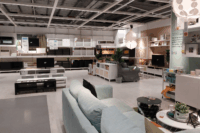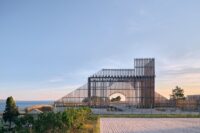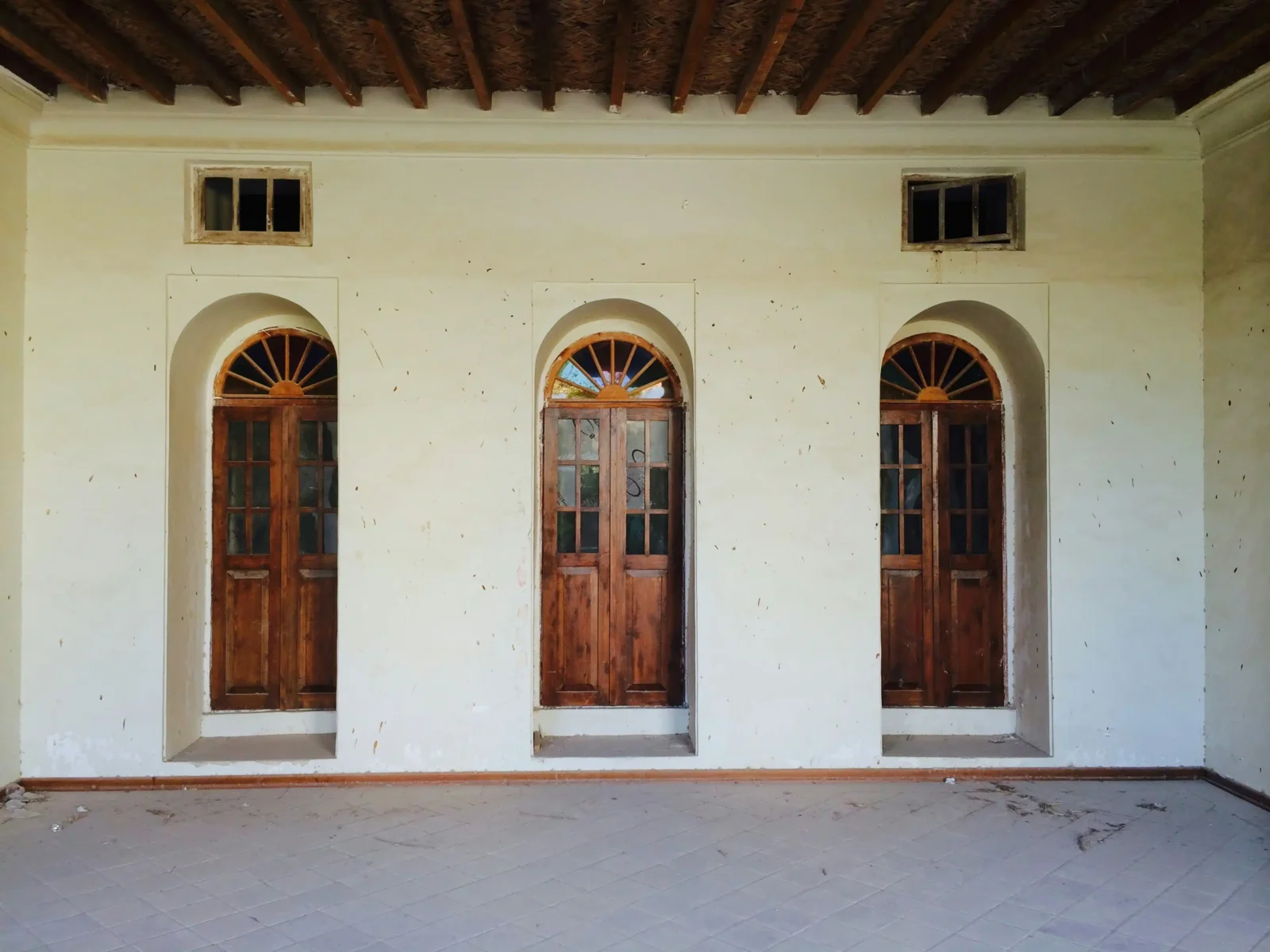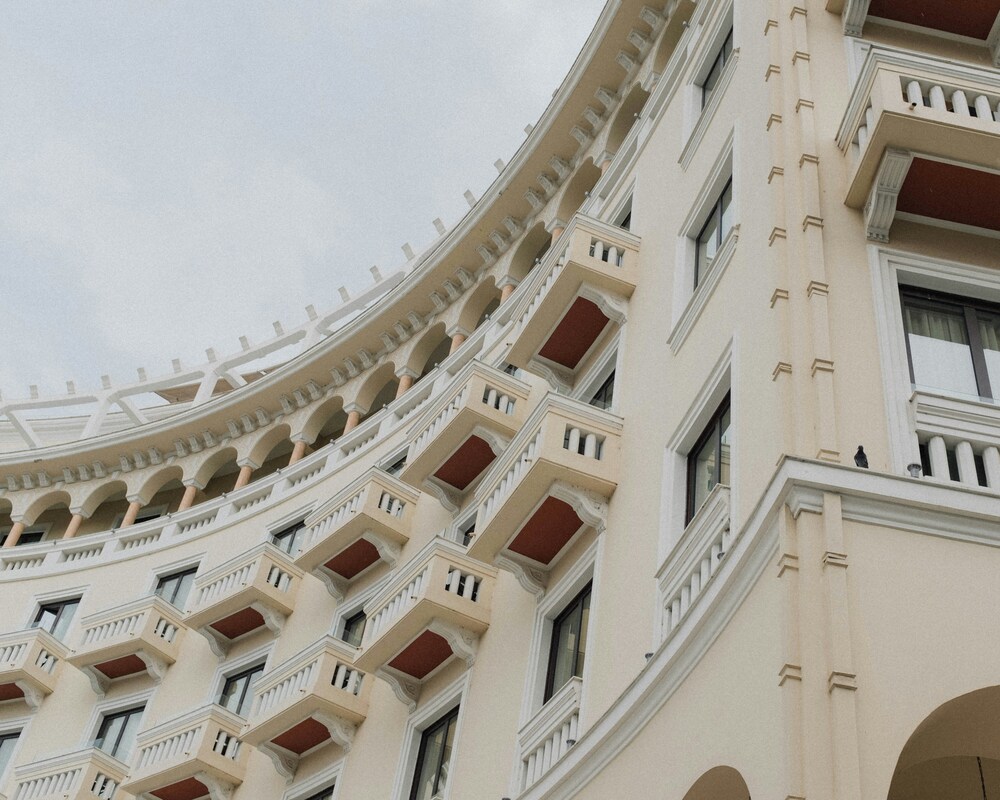- Home
- Articles
- Architectural Portfolio
- Architectral Presentation
- Inspirational Stories
- Architecture News
- Visualization
- BIM Industry
- Facade Design
- Parametric Design
- Career
- Landscape Architecture
- Construction
- Artificial Intelligence
- Sketching
- Design Softwares
- Diagrams
- Writing
- Architectural Tips
- Sustainability
- Courses
- Concept
- Technology
- History & Heritage
- Future of Architecture
- Guides & How-To
- Art & Culture
- Projects
- Interior Design
- Competitions
- Jobs
- Store
- Tools
- More
- Home
- Articles
- Architectural Portfolio
- Architectral Presentation
- Inspirational Stories
- Architecture News
- Visualization
- BIM Industry
- Facade Design
- Parametric Design
- Career
- Landscape Architecture
- Construction
- Artificial Intelligence
- Sketching
- Design Softwares
- Diagrams
- Writing
- Architectural Tips
- Sustainability
- Courses
- Concept
- Technology
- History & Heritage
- Future of Architecture
- Guides & How-To
- Art & Culture
- Projects
- Interior Design
- Competitions
- Jobs
- Store
- Tools
- More

Table of Contents
ToggleEvolution of Windows in Modern Architecture
The design and functionality of windows in modern architecture have transformed significantly over time. Various historical trends and technological advancements have shaped the way windows are integrated into buildings today.
Historical Overview
Windows have evolved from simple openings in walls to complex architectural features. In ancient times, structures often had small openings for light and ventilation. Materials used included wooden frames with animal hides or cloth for coverings.
The Renaissance marked a pivotal shift, with larger, glass windows becoming prevalent. The introduction of glass manufacturing techniques allowed for bigger panes. This change improved light quality and aesthetics.
The Industrial Revolution further propelled this evolution. Mass production of glass made it more accessible. The use of steel frames in the 20th century also allowed for expansive glass surfaces, leading to the emergence of skyscrapers and curtain walls.
Influence of Technological Advancements
Technological progress has revolutionized window design and performance. Innovations in glass production, such as double and triple glazing, enhance energy efficiency. These advancements reduce heat loss and increase comfort within buildings.
Smart window technologies, including electrochromic glass, allow users to adjust tinting for glare control and privacy. These technologies promote sustainability with reduced energy consumption.

Furthermore, advancements in frame materials, like fiberglass and thermoplastic, offer improved durability and insulation. Enhanced performance characteristics enable architects to create dynamic, visually appealing facades that meet modern demands for sustainability and aesthetics.
Functional Aspects of Windows in Contemporary Structures
Windows in modern architecture serve essential functions that enhance a building’s performance, safety, and sustainability. Key aspects include thermal insulation, ventilation options, security features, and ease of glass replacement.
Double Glazed Windows
Double glazed windows consist of two panes of glass separated by an air or gas-filled space. This construction significantly improves thermal insulation, reducing heat loss in winter and minimizing heat gain in summer.
Advantages include:
- Energy Efficiency: these energy efficient windows lower energy bills due to reduced reliance on heating and cooling systems.
- Noise Reduction: Enhanced soundproofing, ideal for urban environments.
- Condensation Resistance: Reduced risk of moisture build-up between the panes.
Double glazing contributes to sustainability by decreasing energy consumption in buildings while enhancing comfort.
Ventilation and Natural Light
Windows play a crucial role in ventilating spaces and providing natural light. Properly designed windows can promote airflow, allowing fresh air to circulate and improve indoor air quality.
Key aspects include:
- Operable Windows: Features like casement or sliding windows enable occupants to control ventilation.
- Daylighting: Strategically placed windows maximize natural light, which can improve mood and productivity.
Effective ventilation combined with ample natural light can lead to reduced energy needs for artificial lighting, promoting a healthier indoor environment.
Security Features
Contemporary windows are equipped with advanced security features to enhance building safety. These features deter unauthorized access and provide peace of mind to occupants.
Common security elements include:
- Laminated Glass: Disrupts break-in attempts, remaining intact even when shattered.
- Multi-Point Locking Systems: Provides better resistance against forced entry.
- Reinforced Frames: Adds strength to window installations, minimizing vulnerabilities.
Investing in secure window designs can effectively reduce risks and protect occupants and property.
Glass Replacement
Glass replacement is usually done by glaziers and is a vital aspect when maintaining or upgrading windows in modern structures. Advances in technology have simplified this process, ensuring buildings remain functional and aesthetically pleasing.
Important factors to consider:
- Energy Ratings: Choosing energy-efficient glass can improve thermal performance immediately.
- Cost-Effectiveness: Regular maintenance and timely glass replacement can prevent costly damage.
- Aesthetic Appeal: Modern glass options enhance visual aesthetics, making properties more appealing.
Implementing efficient glass replacement practices not only prolongs window life but also optimizes building performance and appearance.
Design and Aesthetics of Modern Windows
Modern windows are integral to architectural design, emphasizing both functionality and artistry. Their design involves careful consideration of materials, shapes, and advanced technologies, which significantly influence aesthetic appeal and energy efficiency.
Materials and Textures
The choice of materials in modern window design impacts both appearance and performance. Common materials include aluminum, fiberglass, and wood, each offering distinct characteristics.
- Aluminum: Known for its strength and durability, aluminum allows for thin frames, maximizing glass area.
- Fiberglass: Offers excellent insulation and a variety of finishes, often resembling the warmth of wood without maintenance issues.
- Wood: Provides a classic look, often used in contemporary designs for its natural beauty.
Textures also play a role in aesthetic appeal. Smooth, matte finishes are popular for minimalist designs, while textured surfaces can add depth and visual interest.
Shapes and Sizes
Modern windows break away from traditional rectangular designs, embracing diverse shapes and sizes. This diversity enhances both structural creativity and natural light entry.
- Geometric Shapes: Triangular and circular windows serve as focal points. They can create visual contrast in a building’s façade.
- Large Panels: Expansive glass panels are favored in modern homes. These create uninterrupted views and allow for abundant natural light.
Architects often customize window sizes to meet specific design requirements. Oversized windows can enhance a sense of openness, while smaller, strategically placed windows can create cozy nooks.
Incorporation of Smart Glass Technology
Smart glass technology represents a significant advancement in window design. This innovation allows for dynamic control over light and heat transmission.
- Electrochromic Glass: Changes tint in response to electrical signals, enabling users to adjust brightness and privacy.
- Photochromic Glass: Automatically darkens in sunlight, offering protection from harmful UV rays and reducing glare.
The incorporation of smart glass enhances energy efficiency. By managing thermal gain, it reduces the reliance on HVAC systems, contributing to sustainable building practices.

Integration with Building Systems
Windows play a crucial role in the integration of various building systems, maximizing energy efficiency and enhancing occupant comfort. This section explores the significance of facade engineering and the role of automated shading systems in modern architecture.
Facade Engineering
Facade engineering involves the design and optimization of building exteriors to facilitate effective interaction between windows and other building systems. It emphasizes not only aesthetics but also performance, focusing on energy efficiency, sustainability, and user experience.
Key considerations include:
- Thermal performance: Windows need to minimize heat loss and gains.
- Daylighting: Strategic placement should maximize natural light, reducing reliance on artificial lighting.
- Ventilation: Integrating operable windows can enhance indoor air quality.
Facade engineers collaborate with architects and contractors to select appropriate materials and technologies. This collaboration ensures that windows complement the overall building functionality and environmental goals.
Automated Shading Systems
Automated shading systems enhance window functionality by regulating light and heat entry. These systems can adjust in real-time, optimizing indoor conditions based on occupancy and external weather.
Benefits include:
- Energy savings: Reduced demand on HVAC systems leads to lower energy costs.
- Comfort: Users experience a consistent indoor climate, improving well-being.
- Control systems: Integration with smart technologies allows for personalized settings.
These systems can utilize a variety of materials, such as fabrics and slats, which are both functional and visually appealing. They can be programmed or controlled via mobile devices, providing flexibility and convenience for occupants.
illustrarch is your daily dose of architecture. Leading community designed for all lovers of illustration and #drawing.
Submit your architectural projects
Follow these steps for submission your project. Submission FormLatest Posts
Exterior & Interior Remodeling Tips Every Homeowner Should Consider
Home upgrades reshape comfort, improve function, and strengthen long-term property value. Whether...
Top 8 Luxury Vacation Rentals Features Guests Love Most
A luxury vacation rental offers an entirely different experience than a typical...
Why Local Expertise Matters: Choosing the Right Plumbers in Townsville
Why Local Expertise Matters: Choosing the Right Plumbers in Townsville When it...
Bathroom Remodel ROI: How to Add $15–30K to Your Home Value in 2025-2026
Outdated bathrooms can drag a listing 20-30% longer on the market. Buyers...












Leave a comment